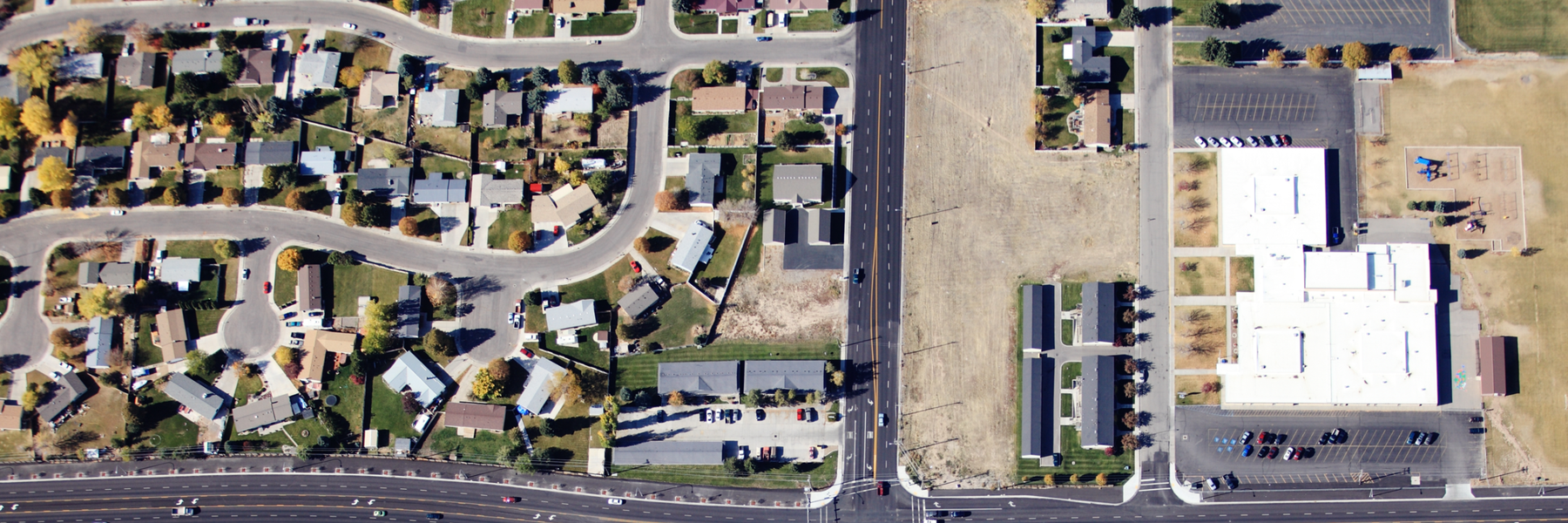A sexual harassment scandal leads to a FOIA lawsuit, an inquiry at the Department of the Interior gets expanded, and a 130-meter asteroid swings by Earth and almost goes unnoticed.
See a great use of public records we missed? Send over your favorite FOIA stories via email, on Twitter, or on Facebook, and maybe we’ll include them in the next round-up. And if you’d like even more inspiration, read past round-ups.
Interagency conflict in Arizona
Last Thursday, the Arizona Public Safety Personnel Retirement System (PSPRS) filed a lawsuit to block the state Department of Administration from releasing unredacted public records containing employee sexual harassment allegations in response to a request by the Arizona Republic, Craig Harris reported.
Specifically, the Republic requested “all legal claims filed against fired department administrator Jared Smout and other staff as well as complaints filed against interim director Bret Parke.” Smout, who previously served as an administrator at the PSPRS, was fired earlier this year after it was revealed that he had sexually harassed an employee.
A key demand in the lawsuit is for the state to black out the names of two suspected abuse survivors who are current employees, and any member of PSPRS staff who could be implicated in un-reviewed sexual harassment allegations. While PSPRS officials insist the lawsuit is meant to protect individuals’ privacy, the state Attorney Generals’ office sees no privacy interest in keeping the names secret. Arizona legal precedent states that “public agencies cannot withhold public records upon the belief it might cause embarrassment.”
Read more on The Arizona Republic Online.
Update on FOIA meddling at the Department of the Interior
An inquiry into FOIA procedures at the Department of the Interior has been expanded to include the role of top officials in crafting a rule change that allowed political appointees to review, and potentially withhold, FOIA releases, the Hill’s Rebecca Beitsch reports.
Letters sent from the Department of Interior’s Office of the Inspector General to two members of Congress confirmed that it would “holistically examine the expanded FOIA process, including the involvement of senior officials.”
The recipients of the letters included House Natural Resources Committee Chairman Raúl Grijalva, who earlier this month requested that the probe cover the DOI’s “Supplemental Awareness Reviews.” According to Grijalva, these reviews have caused delays in FOIA responses and “the removal of entire documents from FOIA productions.”
The other recipient was Senator Ron Wyden, who had asked for an investigation into Daniel Jorjani, the Solicitor General of the Department of the Interior and an architect of the supplemental awareness review policy. Wyden strongly opposed Jorjani’s nomination and accused him of perjury at the time.
Read more at The Hill.
NASA’s asteroid reactions
Internal emails obtained by Dan Vergano and Jason Leopold of BuzzFeed News via FOIA show that when an asteroid flew past Earth in July, it took NASA scientists almost completely by surprise. The asteroid, named “2019 OK,” missed our planet by a fifth of the distance from Earth to the Moon, and reportedly would have caused “localized devastation to an area roughly 50 miles across” had it hit Earth on land. It was first spotted at an observatory in Brazil, about a day before it flew by. As reported by BuzzFeed News:
Because there may be media coverage tomorrow, I’m alerting you that in about 30 mins a 57-130 meter sized asteroid will pass Earth at only 0.19 lunar distances (~48,000 miles),” wrote Lindley Johnson, NASA’s planetary defense officer, in a July 24 email alert sent to other space agency experts. “2019 OK was spotted about 24 hrs ago.”
Many of the emails show how NASA officials tried to understand why they missed 2019 OK. As it turns out, the asteroid was moving too slowly for NASA to see it:
“The raison d’etre for ATLAS is detecting imminent impactors,” says the email, whose sender NASA redacted before sending to BuzzFeed News. “It looks like some impactors are too slow to be found easily. It is fairly disturbing to me that this object was undetectably slow for nearly 2 weeks!”
Most of the emails, however, involved NASA officials’ reactions to media coverage of the asteroid. Some accused media organizations of “lazy journalism” or of sensationalizing the issue. In the coverage, the asteroid was referred to as a “city killer,” and its imagined impact was compared to a nuclear explosion. This is what one NASA official had to say:
“An asteroid can’t be a ‘city killer’ when it flies by Earth at 70,000 km, and if and when an asteroid impact might occur, it would not release any nuclear radiation. (- no wonder you went ballistic when you saw this ....),” says the July 27 email from the unnamed NASA official.
There was also particular frustration with some reporting by the Sydney Morning Herald:
The Herald report “quotes the two Australian astronomers - anybody know them? If so, it might be helpful to ask them to think before they speak.”
“I don’t know whether the Sydney reporter reached out to them or whether they reached out to him. All the rest - including WaPo – is simply repetition … This story also says to me that we have to keep up our good work of calming down asteroid rhetoric - city-killers, nukes, etc. I will reach out as well.”
Read more, including the released emails, on BuzzFeed News.
Read a great FOIA-based news story we should highlight? Let us know and maybe we can include it in our next roundup! Send it over via email, on Twitter, or on Facebook.
Header image still from the film Deep Impact, an asteroid depiction which the U.S. government also took issue with.




